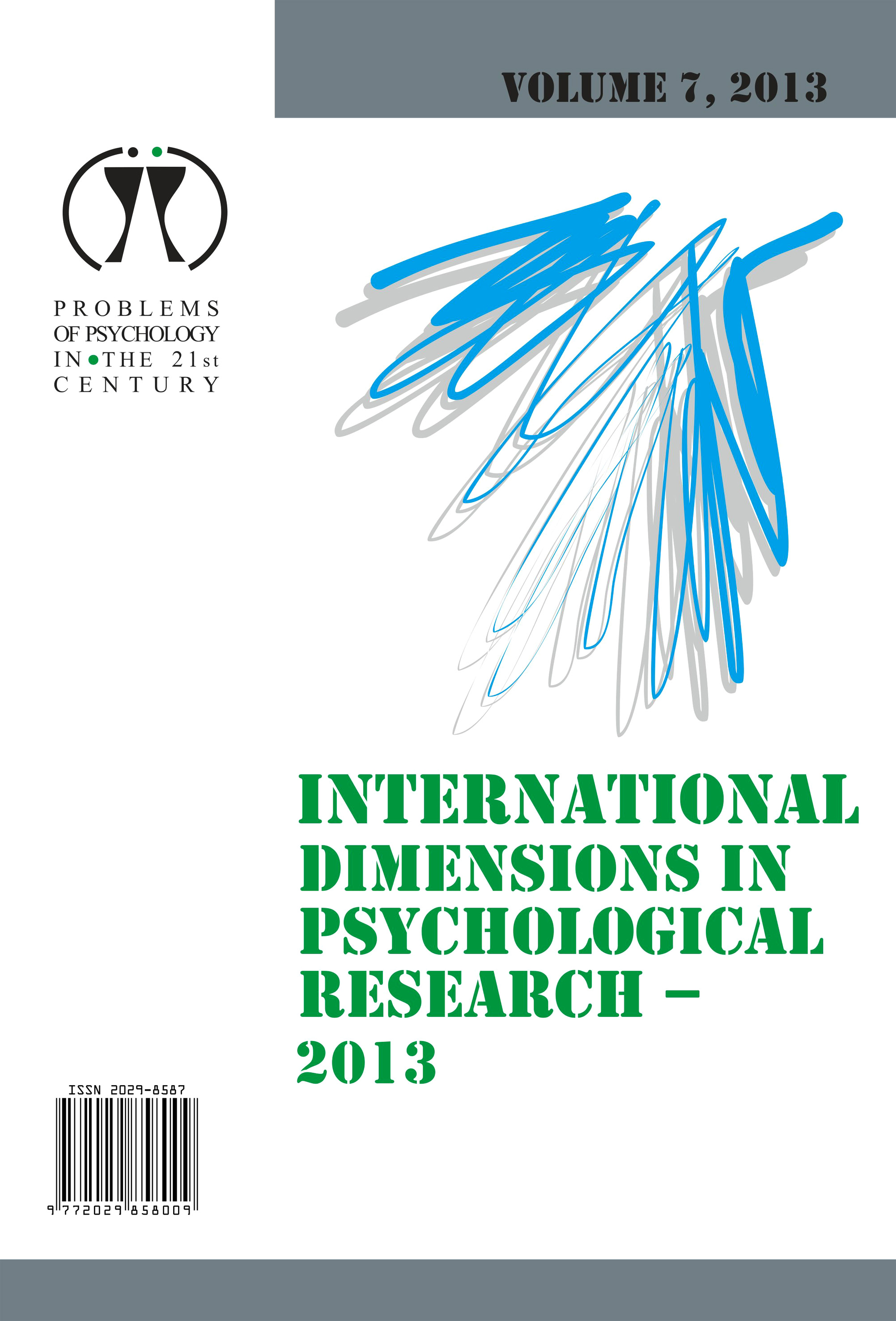DISGUST SENSITIVITY AND GENDER DIFFERENCES: AN INITIAL TEST OF THE PARENTAL INVESTMENT HYPOTHESIS
DISGUST SENSITIVITY AND GENDER DIFFERENCES: AN INITIAL TEST OF THE PARENTAL INVESTMENT HYPOTHESIS
Author(s): Pavol Prokop, Milada JančovičováSubject(s): Gender Studies, Psychology, Family and social welfare
Published by: Scientia Socialis, UAB
Keywords: disgust; gender; parental investment; sexual maturation;
Summary/Abstract: It is suggested that the emotion of disgust evolved as a disease protection mechanism in humans. The vast majority of the research revealed that females are consistently more disgust sensitive than males. Certain adaptationists have suggested that gender differences in disgust sensitivity reflect higher parental investment and offspring protection by females as compared with males. We experimentally tested the parental investment hypothesis by manipulating the visual and acoustic exposure of participants to cues associated with parental investment (a picture of an infant's face and the sounds of an infant crying). The control group was exposed to cues that do not trigger parental investment (an adult man speaking a foreign language). It was found that participants in the experimental group did not score higher in the pathogen disgust domain and had similar expected reproductive goals than participants in the control group. Girls and sexually mature participants rated pictures with disease-relevant animals as more disgusting than boys and sexually immature participants. These results provide no support for the role of parental investment as an ultimate explanation for higher disgust sensitivity in females.
Journal: Problems of Psychology in the 21st Century
- Issue Year: 7/2013
- Issue No: 1
- Page Range: 40-48
- Page Count: 9
- Language: English

